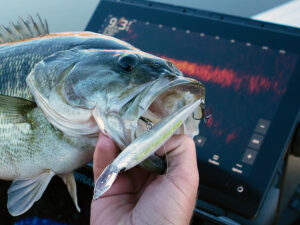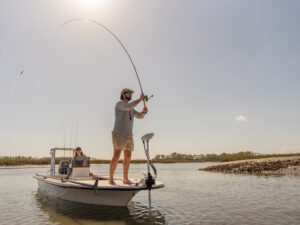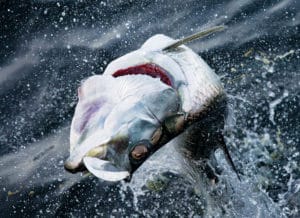When shopping for fishing rain jackets, you’ll notice important terms like “waterproofing” and “breathability” mentioned when describing how the gear combats against unfavorable weather conditions.
Rain Jacket Breathability
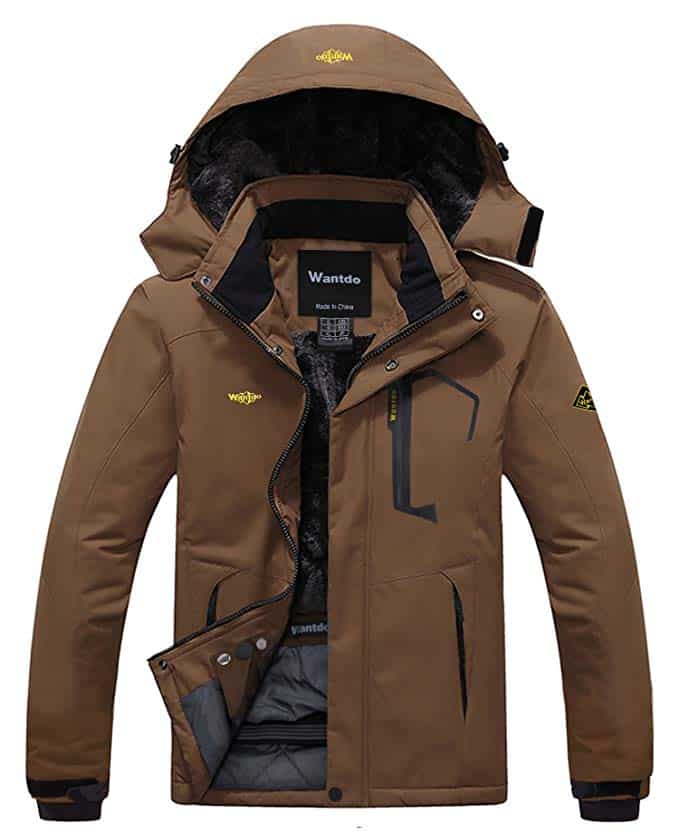
The technical term for breathability is called moisture vapor transfer. The process works like a cold glass of water on a hot summer’s day. Warm moisture in the air travels toward the glass, causing the outer glass to sweat droplets. In the same way, warm body moisture on the skin wants to travel toward the layers of a cooler jacket. Hydrophobic and hydrophilic coatings are often added to fabrics to help pull the moisture away from the skin —a hydrophilic coating on the inside of the fabric attracts the moisture and a hydrophobic lamination on the outside forces the moisture away.
Now that you understand what breathability is and how it works, you’ll be better prepared when a rain jacket’s description lists two numbers like 10,000/5,000. That’s the standard numerical rating used to assess a jacket’s waterproofing and breathability. The first number is waterproofing measured in millimeters, while the second number is breathability measured in grams.
How Waterproof is Your Jacket?
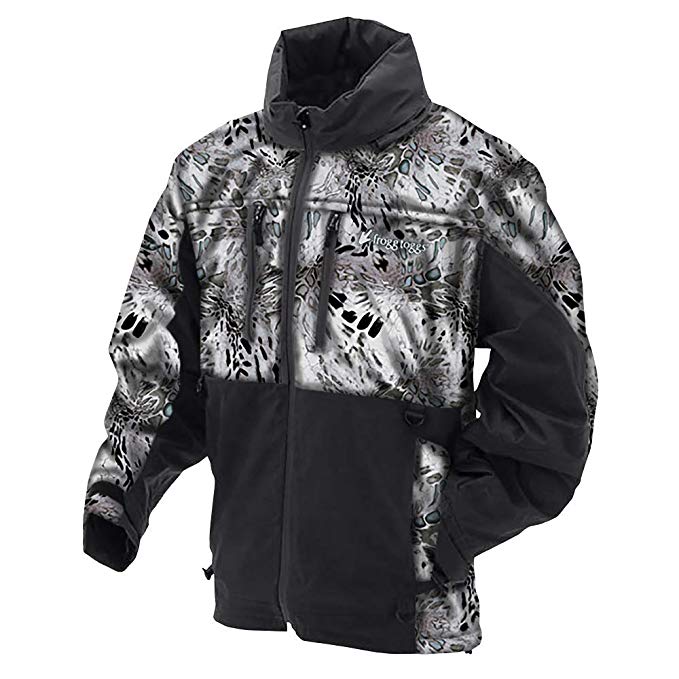
The waterproof number is tested by putting a 1-by-1-inch square tube over a piece of fabric and filling the tube with water. The height of the water in the tube when the fabric starts to leak is the jacket’s waterproof ranking. For example, a jacket might have 0, 5,000, 10,000, 15,000 or even 20,000-plus millimeters of waterproofing.
The breathability number represents the amount of water vapor that can travel from the inside to the outside of 1 square meter of the fabric over a 24-hour period. The higher the number, the more body moisture is allowed to escape through the fabric itself.
Keep these two rating in mind when buying a rain jacket. In down-pour rains, you’ll want a jacket that has a high waterproof raining to prevent from getting soaked. While in windy or cool conditions, maybe you don’t need a high waterproof rating. In warm and humid conditions, a rain jacket that breathes is an absolute necessity. For example, the afternoon summer showers in Florida can soak you, but if you’re not wearing a breathable rain jacket, your sweat will soak you from inside the jacket.
Check for Taped Seams
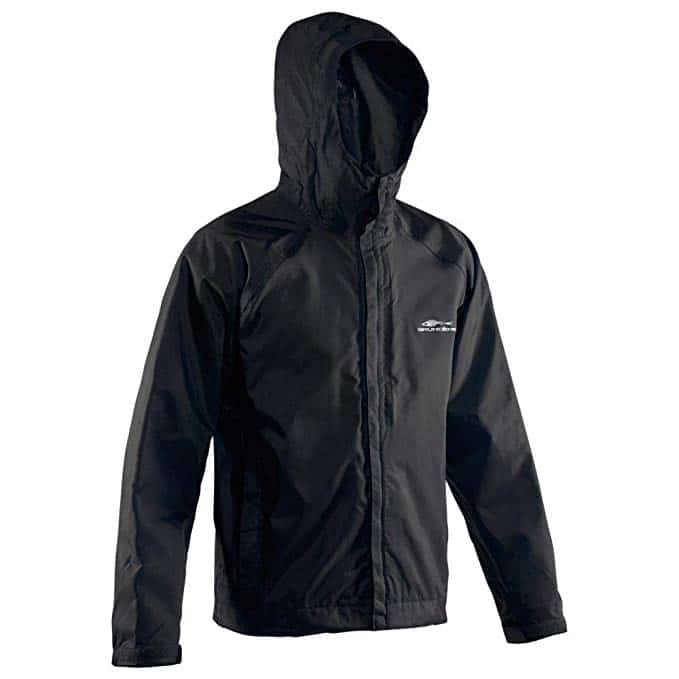
One last important detail when considering a rain jacket. Find gear with taped seams to prevent water intrusion. A soft-shell jacket might have critically taped or fully taped seams, or use durable water repellent to stop water.

